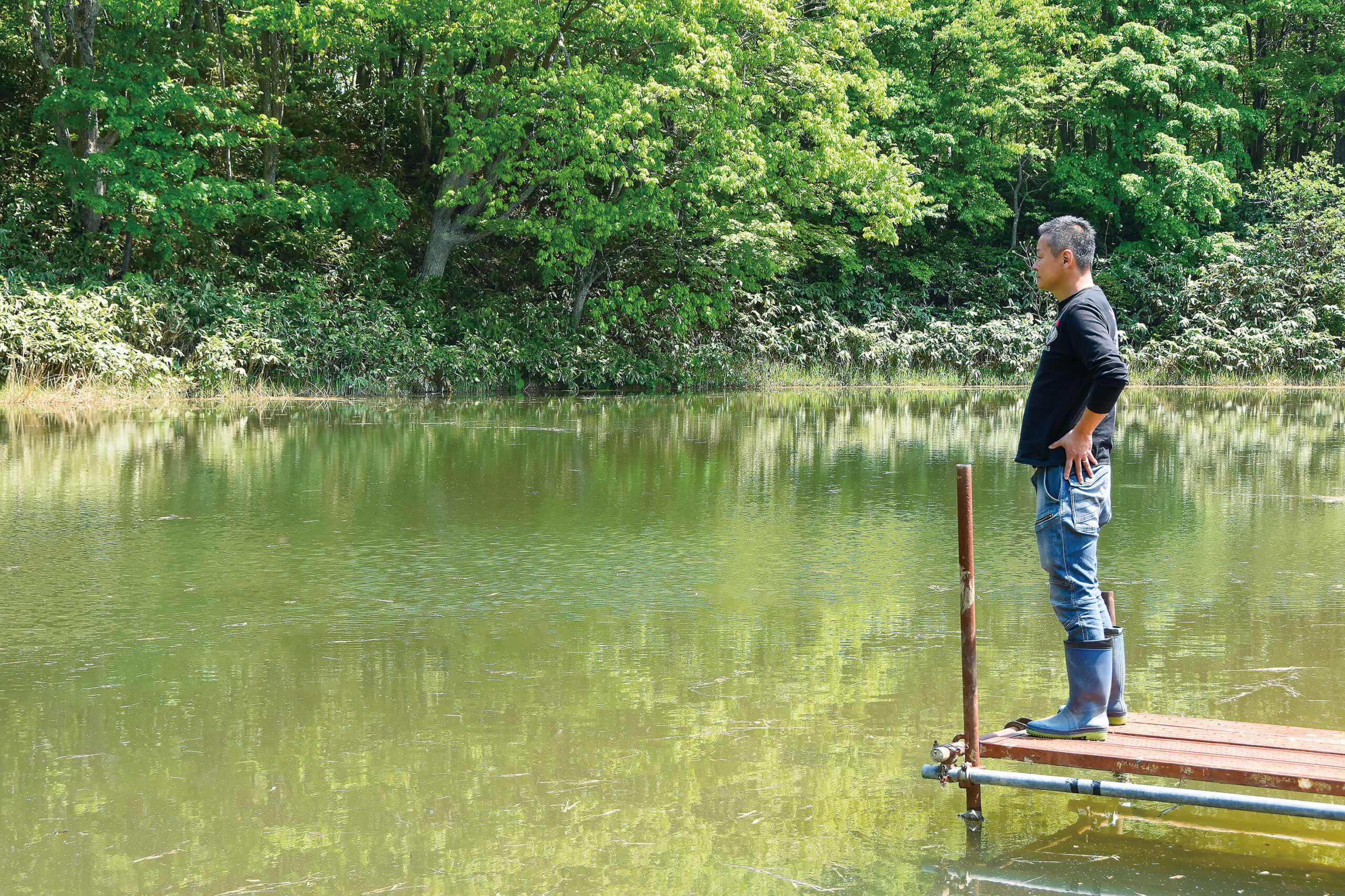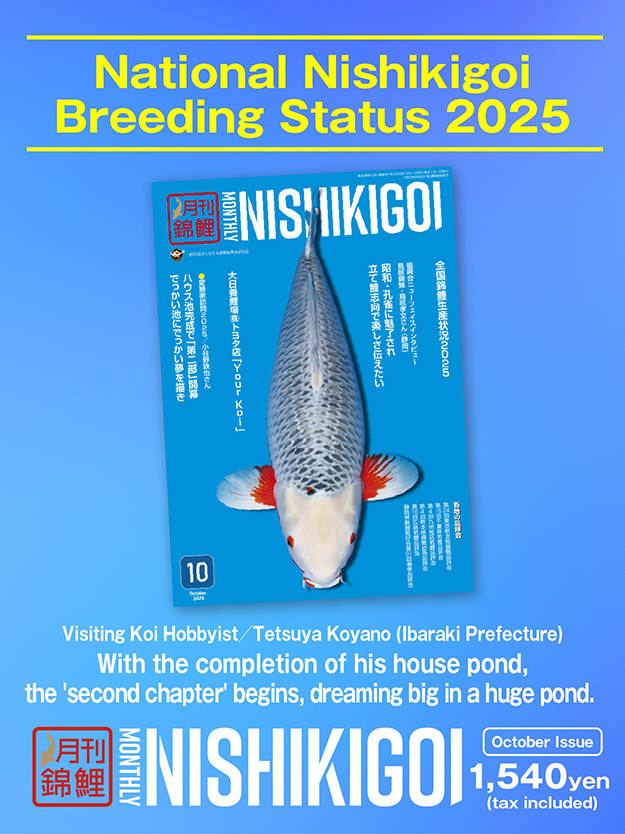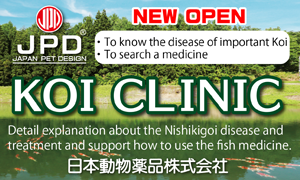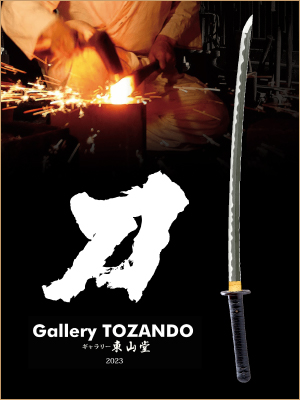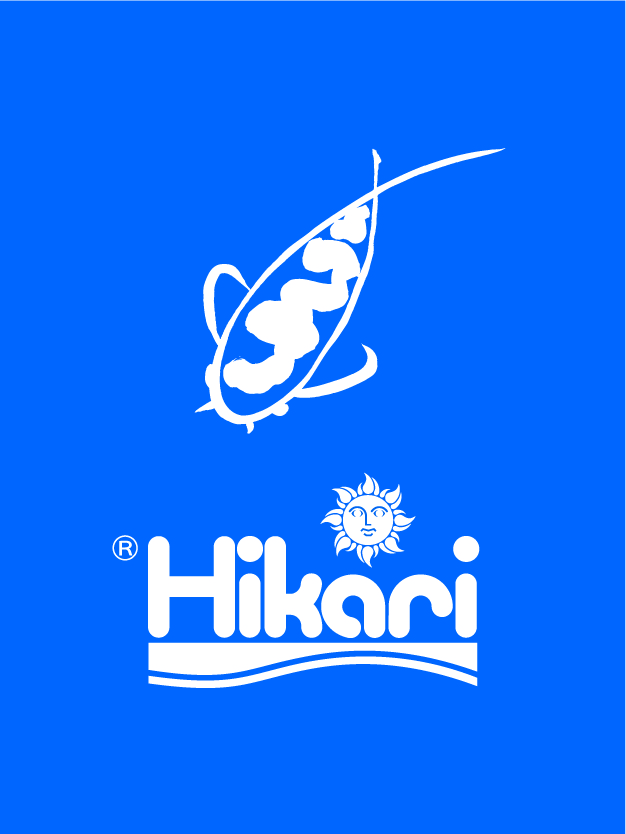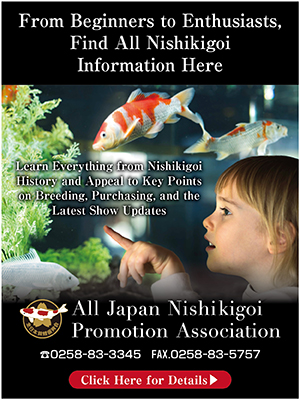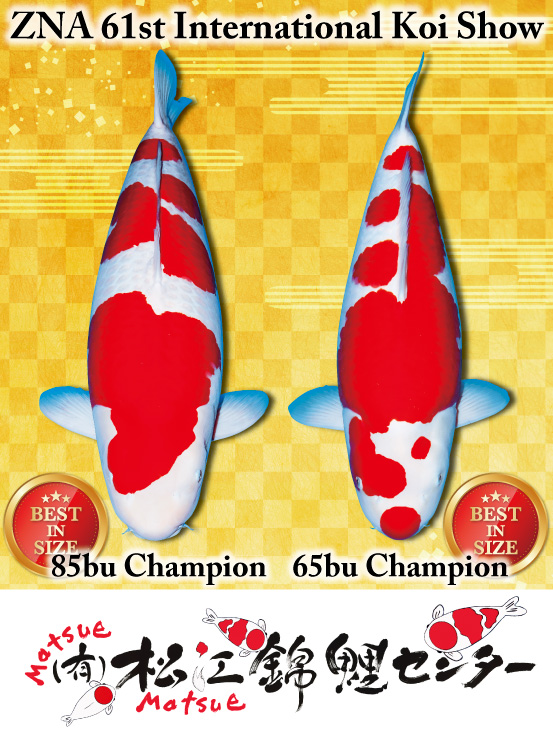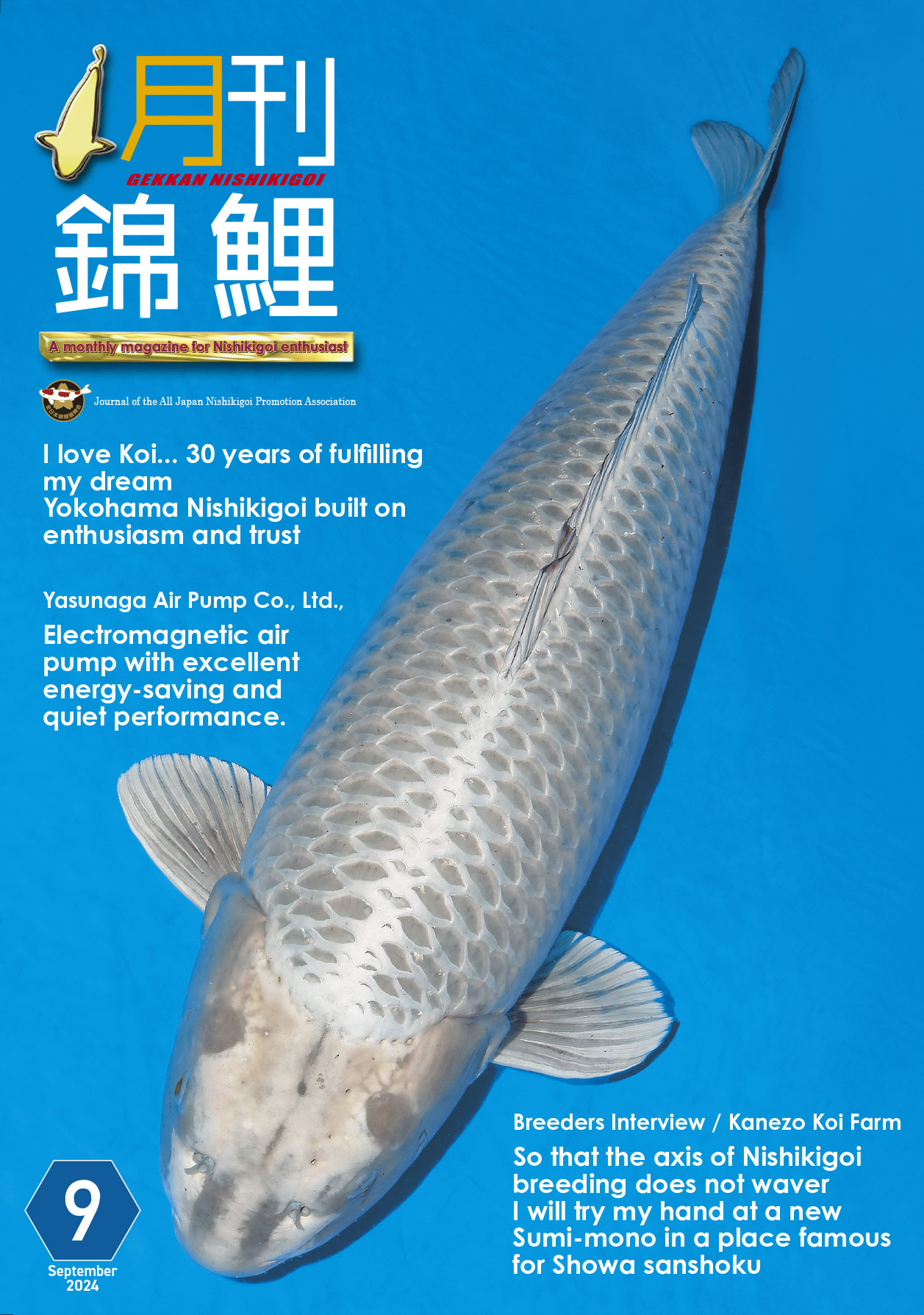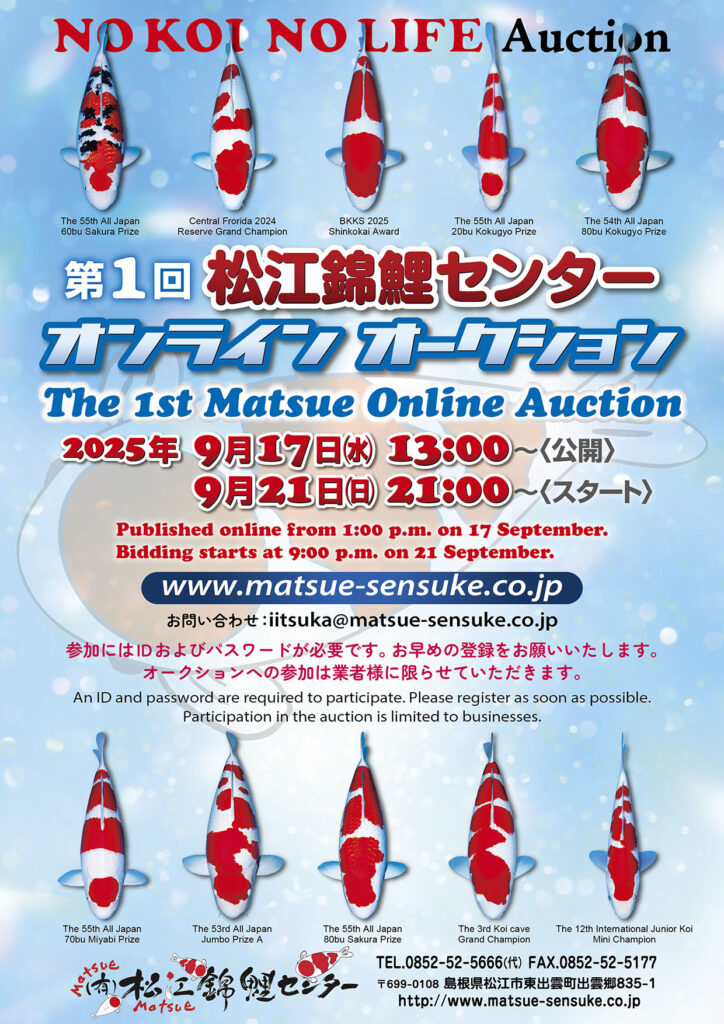Store Interview: Sapporo Kinsui (Hokkaido) – Kazuhiro Takahashi
Hokkaido Koi lovers Supported for 45 Years
Self-produced as the Mainstay, Performing Well at koi show〈Part1〉
For Koi Lover in Hokkaido, Sapporo Kinsui is an indispensable presence. As the oldest specialty store in the region, it has remained a reliable dealer.
The turning point for its traditional business model of purchasing and selling koi came around 2006. Sensing a shift in the enthusiast demographic, owner Takahashi Hiroaki began raising tosai in wild ponds across Hokkaido to offer high-quality koi at more affordable prices. The results exceeded expectations, prompting a shift toward in-house production. Today, 80% of the koi sold are self-producedkoi, and with second-generation owner Takahashi Kazuhiro further refining their techniques, the quality has improved to the point of consistently ranking high in koi show.
On May 19, the day after the Hokkaido Nishikigoi Show, we visited Sapporo Kinsui and also stopped by a wild pond in Tobetsu Town, where preparations for rearing were underway.
Self-production now makes up 80% of sales.
Last year’s parent koi yielded record-high results.
― How long has it been since your father, Mr. Hiroaki, founded Sapporo Kinsui?
Takahashi: It’s been over 40 years… nearly 45 years now. We first started in Hiragishi (Toyohira Ward, Sapporo) and later moved here (to Shiroishi Ward).
― Originally, your business model was centered around purchasing koi from western Japan and Niigata to sell, right? I remember starting to visit Sapporo Kinsui at their Hokkaido competitions and shows around 20 years ago, and around that time, you began importing fry from Hiroshima and Shimane to raise in wild ponds in Tobetsu Town. Later, around 2014, you started in-house production.
Takahashi: In the past, wild pond rearing was difficult in Hokkaido, so they used to send the koi by plane to Niigata and release them in wild ponds there—but that was quite labor-intensive. However, with global warming making the climate milder, we thought it might be possible to do it here. So, we tried raising larger koi in wild ponds and got good results.
In the early days, the timing for releasing them was too late, and harvesting was too early, so we couldn’t achieve proper wild pond rearing like we do now. But as it gradually got warmer, things changed completely. After that, we had tens of thousands of fries shipped here, raised them in wild ponds, and that worked well too. I think my father started wanting to try breeding them himself.
― You can adjust the price to some extent if you breed it yourself, right?
Takahashi:That’s true. When you buy and resell products, there are always costs involved. Since we have a lot of ordinary customers, it would be great if we could make and sell items at a lower price. And if we can create something even slightly better in the process, that’s a bonus.

